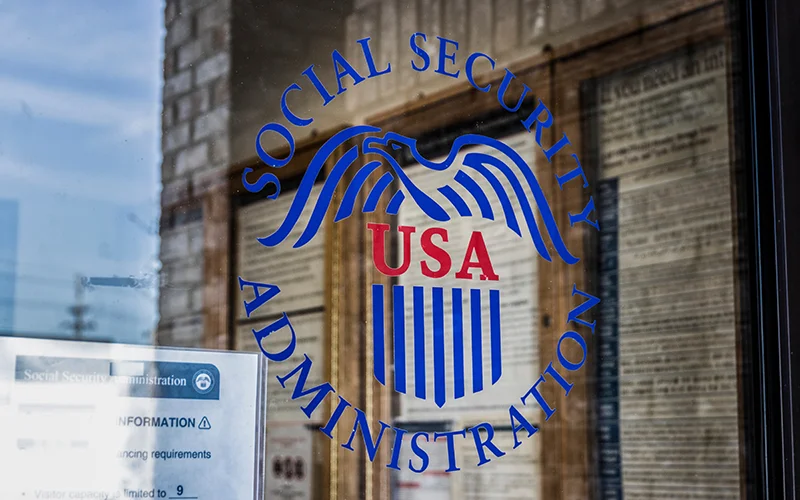From Disability Scoop — By Shaun Heasley —
Thousands of children with disabilities may qualify for government assistance that they are not currently receiving.
Between 2013 and 2021, there was a 20% drop in the number of children receiving Supplemental Security Income benefits, according to a recently released report prepared by the research firm Mathematica for the Social Security Administration.
Children with significant disabilities can qualify for SSI benefits if they are part of low-income families.
“Because people still need services, the declining enrollment suggests that there might be more children who qualify for SSI but are not enrolled,” the report indicated.
To assess how many kids may qualify for SSI, the researchers looked at Medicaid data since the government health insurance program also serves low-income families. They found that over 110,000 children may be eligible for SSI, an increase of nearly 10% over current program participation. But depending on the probability threshold used, the increase could be as high as 55%.
Overall, the report found that children who likely qualify, but aren’t currently benefiting from SSI face barriers to enrollment, use more health care than current beneficiaries and often have chronic conditions suggesting that they have developmental delays.
“If Medicaid and SSI data could be connected in the future, it might help identify children who are potentially eligible for SSI to conduct targeted outreach,” the report concluded. “Using data could also help streamline the application process, meaning more families could be connected to the resources they need.”
Officials from the Social Security Administration said they’re considering ways to act on the report’s recommendations. The agency indicated that it is working with third parties to reach people who might be eligible for SSI and is starting to see “substantial increases in child SSI applications.”
More than 997,000 children nationwide were enrolled in SSI as of the end of 2022, according to data from the Social Security Administration. These beneficiaries received an average of $731.99 per month.

